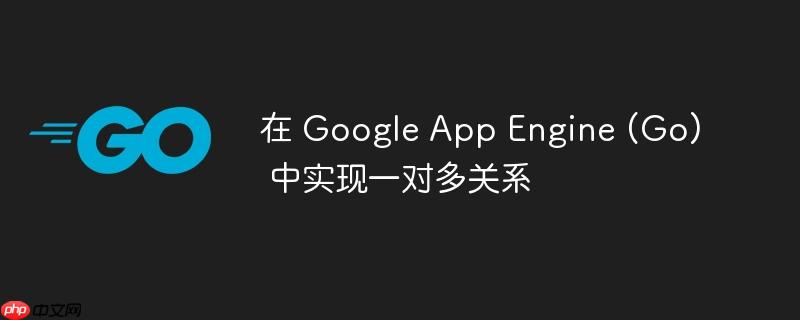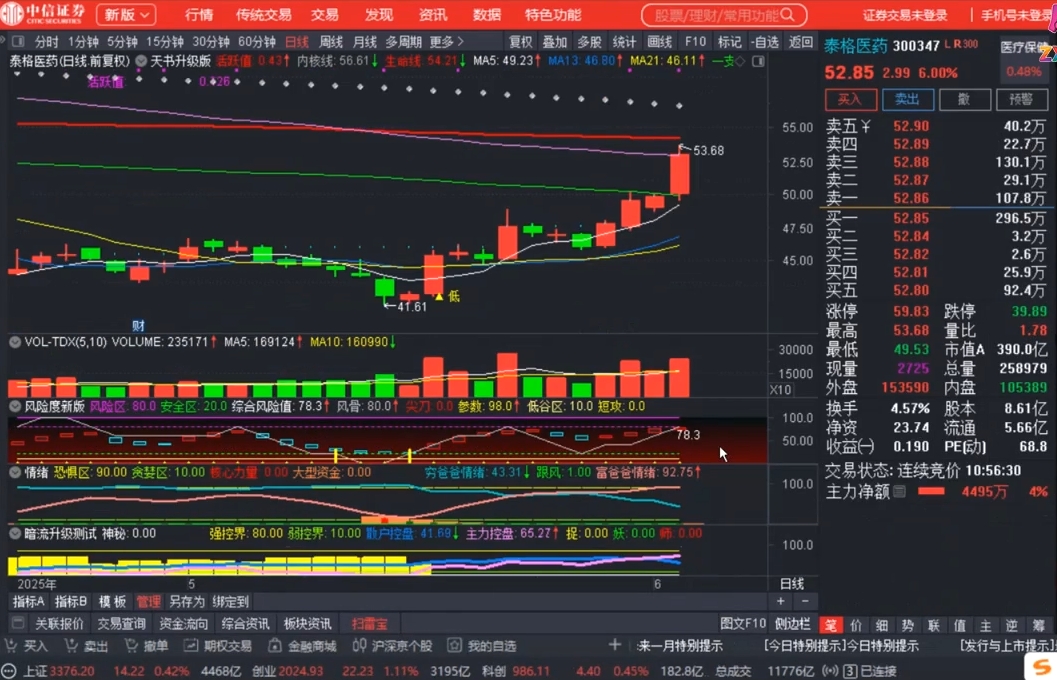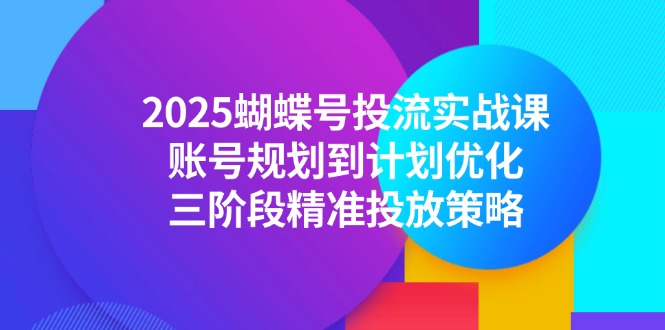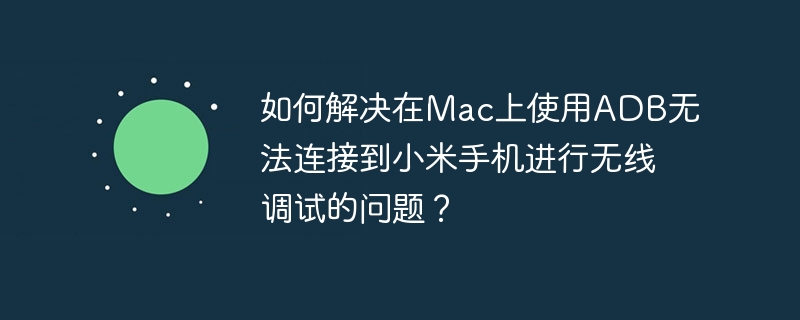
本文档介绍了在 Google App Engine 的 Go 语言环境中,如何实现一对多关系,例如一个评论对应多个投票。由于 App Engine Datastore 的限制,我们探讨了两种实现方法,并推荐使用在子实体(例如投票)中存储父实体(例如评论)的键的方法,并提供了相应的代码示例和注意事项。
一对多关系实现策略
在 Google App Engine (GAE) 的 Go 语言环境下,实现一对多关系需要考虑到 Datastore 的限制。Datastore 允许存储的数据类型有限,并且对数组(slice)的长度有限制。因此,直接在父实体中存储子实体的键数组可能并不适用,特别是当子实体数量可能超过限制时。
以下是两种常用的实现策略:
1. 父实体存储子实体键的列表(不推荐)
可以在 Comment 结构体中维护一个 Vote 键的切片。例如:
type Comment struct { Author string Content string Date datastore.Time VoteKeys []*datastore.Key // 存储关联的 Vote 实体键 } type Vote struct { User string Score int }
这种方法的局限性在于,GAE 的 Datastore 对 slice 的长度有限制(最多100个元素)。如果一个 Comment 关联的 Vote 数量超过 100,这种方法将不再适用。因此,不推荐在高并发或数据量大的场景下使用。
2. 子实体存储父实体键(推荐)
更推荐的做法是在 Vote 结构体中存储指向 Comment 的键。例如:
type Vote struct { User string Score int CommentKey *datastore.Key // 存储关联的 Comment 实体键 } type Comment struct { Author string Content string Date datastore.Time }
这种方法的优点是,Vote 的数量不受限制,因为每个 Vote 实体都独立存储了指向 Comment 的引用。查询时,需要先获取 Comment 实体,然后根据 CommentKey 查询所有相关的 Vote 实体。
代码示例
以下代码示例演示了如何使用第二种方法(子实体存储父实体键)来实现一对多关系,并进行查询:
package main import ( "context" "fmt" "log" "os" "cloud.google.com/go/datastore" ) type Vote struct { User string Score int CommentKey *datastore.Key // 存储关联的 Comment 实体键 } type Comment struct { Author string Content string Date string } func main() { ctx := context.Background() projectID := os.Getenv("DATASTORE_PROJECT_ID") // 替换为你的项目ID if projectID == "" { log.Fatal("DATASTORE_PROJECT_ID environment variable must be set.") } client, err := datastore.NewClient(ctx, projectID) if err != nil { log.Fatalf("Failed to create client: %v", err) } defer client.Close() // 1. 创建一个 Comment 实体 comment := Comment{ Author: "John Doe", Content: "This is a great article!", Date: "2023-10-27", } commentKey := datastore.NameKey("Comment", "comment-1", nil) // 使用 NameKey 或 AutoID commentKey, err = client.Put(ctx, commentKey, &comment) if err != nil { log.Fatalf("Failed to save comment: %v", err) } // 2. 创建多个 Vote 实体,并关联到 Comment votes := []Vote{ {User: "User1", Score: 5, CommentKey: commentKey}, {User: "User2", Score: 4, CommentKey: commentKey}, {User: "User3", Score: 5, CommentKey: commentKey}, } var voteKeys []*datastore.Key for i := range votes { voteKey := datastore.NameKey("Vote", fmt.Sprintf("vote-%d", i+1), nil) voteKeys = append(voteKeys, voteKey) } voteKeys, err = client.PutMulti(ctx, voteKeys, &votes) if err != nil { log.Fatalf("Failed to save votes: %v", err) } // 3. 查询与 Comment 关联的 Vote 实体 var retrievedVotes []Vote q := datastore.NewQuery("Vote").Filter("CommentKey =", commentKey) _, err = client.GetAll(ctx, q, &retrievedVotes) if err != nil { log.Fatalf("Failed to retrieve votes: %v", err) } // 4. 打印结果 fmt.Println("Comment:", comment) fmt.Println("Votes:") for _, vote := range retrievedVotes { fmt.Printf(" User: %s, Score: %dn", vote.User, vote.Score) } }
注意事项:
- 确保已设置 DATASTORE_PROJECT_ID 环境变量。
- 替换示例代码中的 comment-1 和 vote-1 等名称为实际的键名或使用自动生成的 ID。
- 在生产环境中,需要适当处理错误。
- 根据实际需求调整查询条件和数据结构。
总结
在 Google App Engine 的 Go 语言环境中,实现一对多关系时,推荐在子实体中存储父实体的键。这种方法避免了slice长度限制,更具扩展性。通过合理的设计和查询,可以有效地管理和检索关联数据。 务必根据实际应用场景选择合适的键类型(NameKey 或 AutoID)。


















